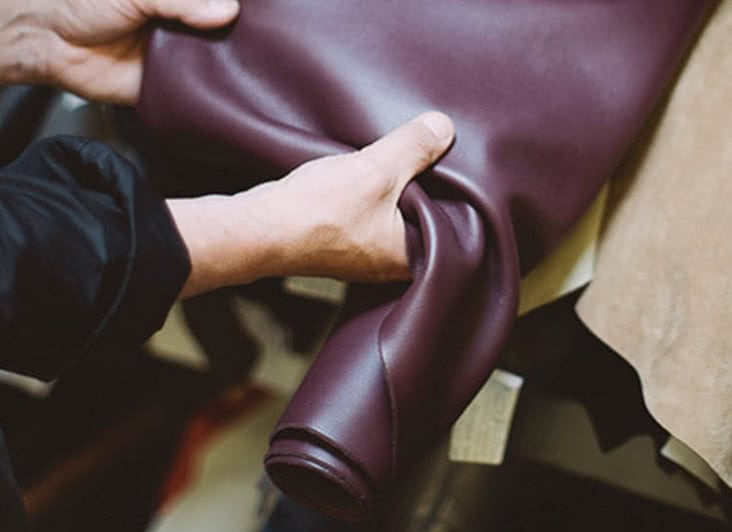Leather

Use at HUGO BOSS
Leather is known for its luxurious appearance and high durability. That’s why it’s used in many HUGO BOSS products such as shoes, accessories, bags, and jackets, which can often be worn for a very long time. In 2024, leather comprised around 4% of all our materials used.
Impacts*
In the context of leather production, large amounts of land and water are required for animal husbandry and the associated feed production. At HUGO BOSS, we only use leather that has been derived as a by-product of the food industry. For the further processing of leather, the tanning process is also considered: the chemicals used here have to be disposed of properly – any deficiencies in wastewater management will have a negative impact on the ecosystem and human health. In addition, energy consumption in leather production is comparatively high. For more information on the impact of leather, see the natural capital evaluation.
* Summary of internal research
Our Standard
As of 2027, 100% of the leather we use will be sourced from at least LWG-silver-certified tanneries or tanneries with comparable standards.
Measures
HUGO BOSS categorically avoids farmed furs and exotic leather types. Instead, we exclusively use leather that is produced as a by-product of the food industry, such as bovine hides, goatskins, sheepskins, and buffalo hides.
In 2017, HUGO BOSS became a member of the LWG. Its goal is to promote the environmental sustainability of leather producers through audits, certifications, and an ongoing dialog. Currently, 80% of the leather we use already comes from at least LWG-silver-certified tanneries (as of 2024).
HUGO BOSS is also an active participant in the ZDHC Roadmap to Zero Programme, which strives to eliminate the use of hazardous chemicals in the production of textiles, leather, and apparel.
More information about this is available in the description of our collaboration with partners in procurement.